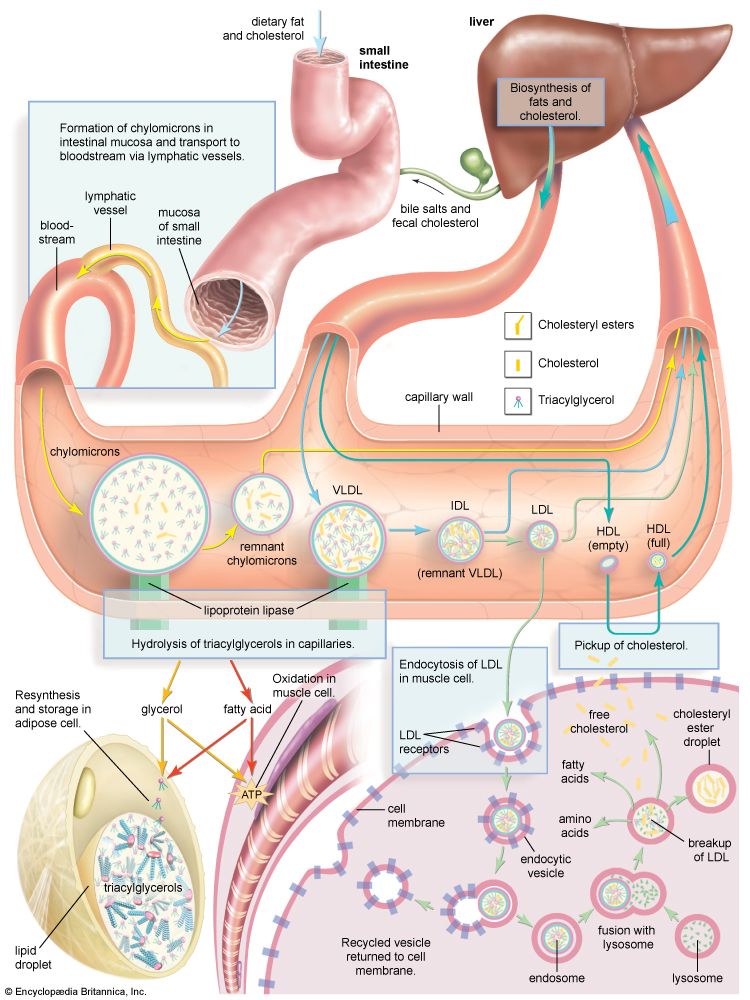
Lipoprotein(a) (Lp(a)) is a fascinating subject in lipidology, often viewed with mixed feelings due to its disputed role in cardiovascular wellness. Although it is deemed detrimental in today’s medical practice, particularly in the ongoing debates within cardiology publications, the historical significance of Lp(a) reveals a more complex narrative.
From an evolutionary standpoint, Lp(a) seems to have been integral to human survival strategies. It functioned mainly as a quick response to traumatic injuries, infections, and various threats to survival encountered in early human existence. The protein structure of apolipoprotein(a), a component of Lp(a), closely mimics plasminogen, which is responsible for dissolving blood clots. Nevertheless, its evolutionary adaptation enabled it to enhance coagulation, providing life-saving benefits during severe hemorrhaging.
Apart from its involvement in clot creation, Lp(a) has been recognized for its role in scavenging oxidized phospholipids, effectively regulating inflammation and clearing cellular debris resulting from wounds or infections. This aspect positioned it as an ancient ally of the immune system, where exposure to environmental risks and physical dangers required such biological mechanisms.
Yet, the perspective has transformed with our increased life expectancies and changes in modern living. Lp(a) persists in performing its original functions as shaped by evolution, but the context has evolved significantly. Nowadays, the increased clotting propensity and inflammatory actions activated by Lp(a) can lead to cardiovascular issues, especially considering sedentary habits and ongoing low-grade inflammation.
The societal narrative framing Lp(a) as a villain largely arises from the convergence of pharmaceutical interests and the quest for new targets in cardiology. While emerging drug trials, such as Lp(a)HORIZON, hold promise for potential therapeutic approaches, they also encapsulate the familiar tendency to vilify a biological factor to endorse medical progress.
Importantly, a thorough understanding of Lp(a) requires recognizing its evolutionary background while reconciling it with the demands and realities of contemporary health. It is not innately harmful but rather a remnant of age-old survival tactics that may not align with modern health paradigms. The aim of medicine should be to contextualize Lp(a) beyond commercial motives, providing patients with a comprehensive understanding that highlights adaptation rather than solely pathology. This perspective enriches patient education and fosters humility in light of advancing medical knowledge.